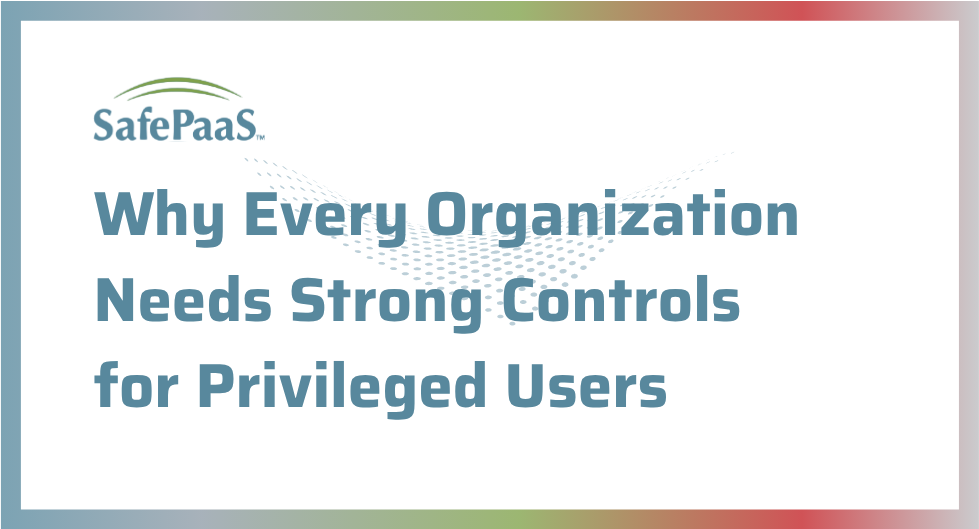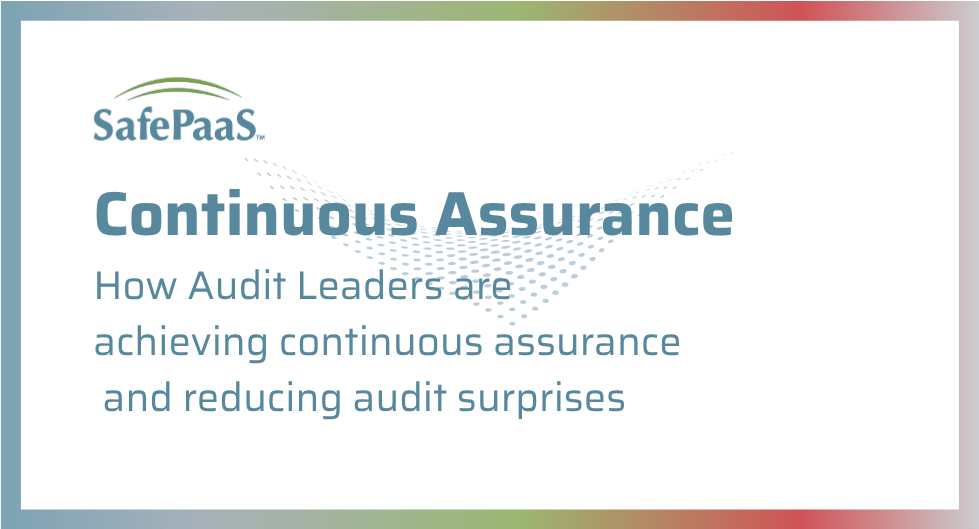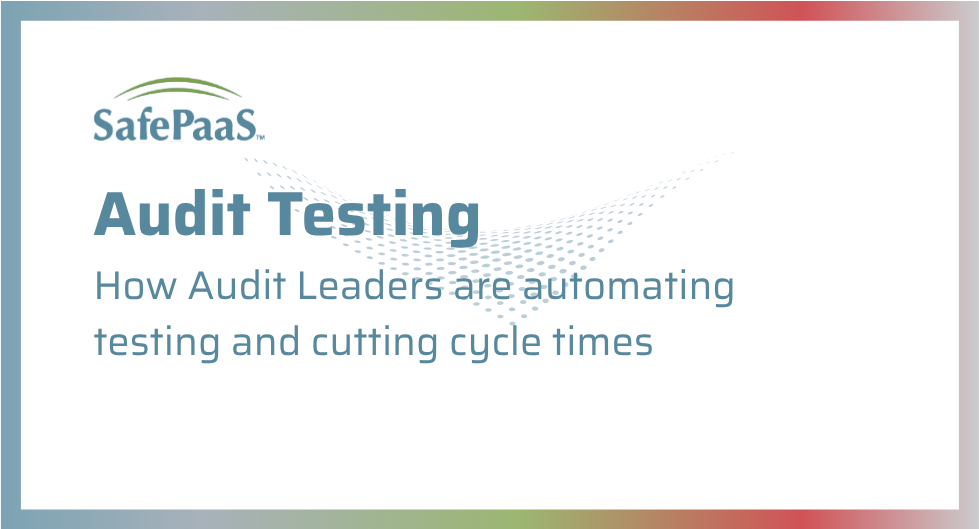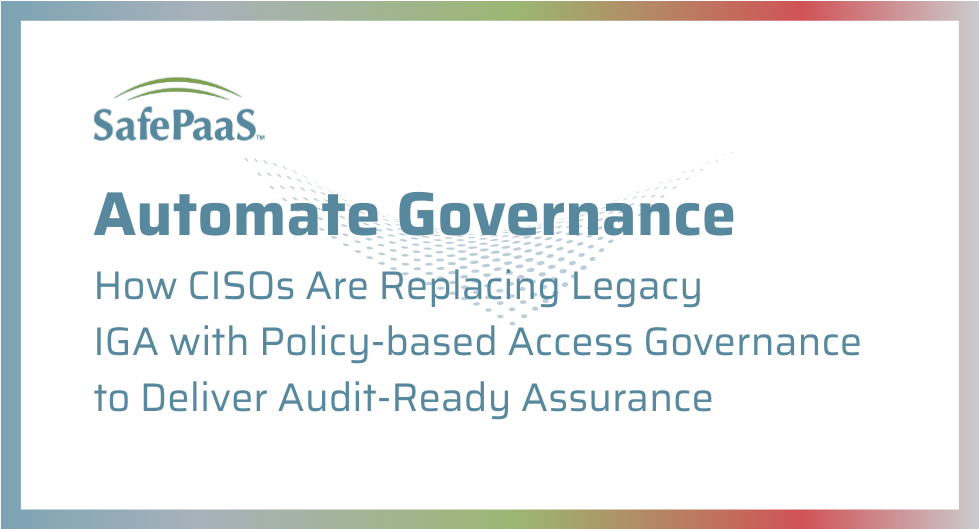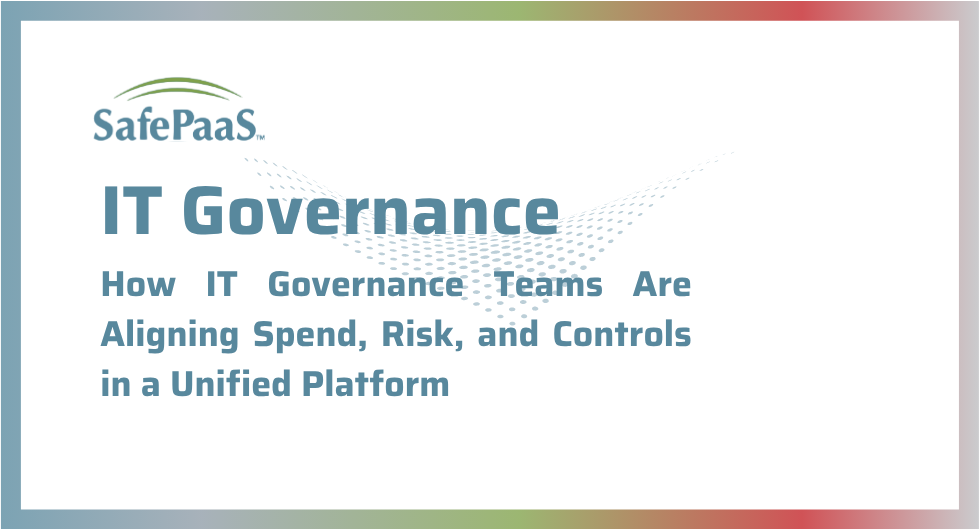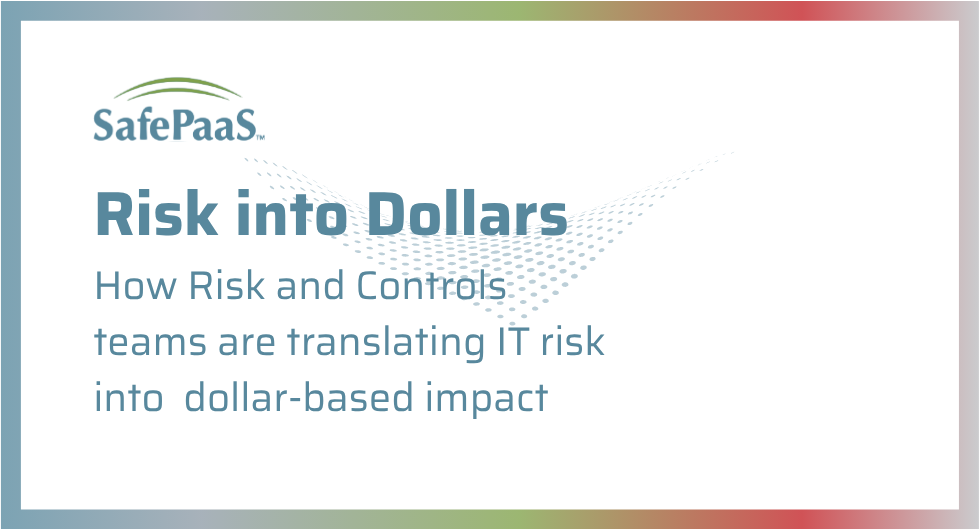Enterprises thrive on data, automation, and interconnected systems that accelerate decision-making and innovation. Yet the same digital complexity that drives performance also multiplies risk. Among all types of access, few pose a greater danger than privileged accounts—the identities with elevated permissions that can alter configurations, modify data, and control critical systems without restriction.
When these powerful accounts are not properly governed, they create vulnerable entry points for attackers, trigger compliance failures, and enable insider misuse. Establishing strong controls for privileged users is no longer a matter of IT hygiene; it is a cornerstone of enterprise resilience and regulatory accountability.
The Hidden Scale of Privileged Access Risk
Privileged users play a legitimate and vital role in IT operations: they deploy updates, maintain networks, and manage databases that keep the organization functioning. However, the level of access they hold is far beyond that of typical employees, and that’s where the problem starts.
According to recent industry research, privileged accounts are linked to over 70% of security breaches, often due to weak controls or credential misuse. These accounts exist across hundreds of systems, cloud services, and automation tools, creating a vast attack surface that’s easy to overlook.
Many organizations underestimate how many privileged identities they actually have. Beyond traditional administrators, service accounts, machine identities, and third-party contractors often have elevated permissions. Without centralized oversight, these accounts multiply rapidly, resulting in what’s known as “privilege sprawl.”
Privilege sprawl occurs when no one truly knows who holds access to what. This lack of visibility creates blind spots that cybercriminals exploit. Once they compromise a privileged credential, attackers can move laterally across systems, escalate permissions, and gain access to sensitive assets — often remaining undetected for months.
Why Traditional Security Measures Aren’t Enough
Firewalls, antivirus software, and multi-factor authentication are critical components of any cybersecurity stack, but they’re not sufficient to protect privileged accounts. These controls focus on perimeter defenses or user identity validation, not the continuous monitoring and governance of privileged activity within the environment.
Consider a scenario where an IT administrator uses a shared root password to perform updates across multiple servers. Even with strong passwords and MFA in place, if that credential is compromised or shared improperly, the organization’s entire infrastructure becomes vulnerable.
Traditional measures lack two critical capabilities:
- Granular control: Security teams need the ability to grant, limit, and revoke elevated privileges dynamically, based on context, role, and time.
- Comprehensive monitoring: Every privileged session should be recorded and auditable. Without real-time oversight, it’s impossible to prove compliance or detect unauthorized actions before damage occurs.
These gaps have driven the adoption of modern privileged identity management solutions that automate access governance, enforce just-in-time provisioning, and capture detailed activity logs. By continuously validating who can perform privileged actions — and why — organizations reduce both insider and external risk substantially.
Strengthening Controls: A Policy-Based Approach
To effectively manage privileged access, security leaders must think beyond accounts and passwords. The objective is to embed control throughout the identity lifecycle from access request to revocation based on a combination of least privilege, segregation of duties (SoD), and risk-based policies.
Here’s how that structure works in practice:
- Discovery and visibility – Inventory all privileged accounts across systems, including machine and application identities. Automated discovery tools help identify dormant or orphaned accounts that often go unnoticed.
- Role-based access definitions – Assign permissions based on job function, so users access only what they need. Roles should map directly to responsibilities and compliance frameworks.
- Just-in-time access – Instead of always-on privileges, provide time-bound elevation for specific tasks. This dramatically reduces persistent exposure.
- Session management – Record and monitor privileged sessions in real time. Behavior analytics can detect abnormal actions, such as unusual command execution or login from an unrecognized location.
- Automated deprovisioning – When an employee leaves or changes roles, access should automatically adjust or terminate, preventing lingering credentials from being exploited.
- Policy enforcement and audit readiness – Build continuous alignment with regulatory frameworks such as SOX, ISO, and NIST by ensuring that every privileged action is traceable and reviewable.
This model not only secures data and systems but also creates a culture of accountability. Users are granted access with purpose and transparency essential to building trust between IT, compliance, and business units.
Building Business Value Beyond Security
While the technical risks of privileged misuse are evident, the business implications are equally significant. Weak privileged controls can result in regulatory fines, damaged brand reputation, and operational downtime, all of which carry high costs.
However, strong privileged access governance delivers measurable business value:
- Regulatory compliance assurance – Auditors regularly cite insufficient access controls as a top compliance failure. Centralized oversight simplifies audits by providing a single, authoritative source of truth.
- Operational efficiency – Automated workflows replace manual access reviews, reducing friction for IT teams and accelerating incident response.
- Increased productivity – By aligning access policies with business roles, users receive appropriate access faster, enabling them to perform tasks without waiting for approvals.
- Reduced insider threat risk – Even trusted employees can make mistakes. Analytics-driven monitoring ensures that risky or unintentional actions are caught early.
- Enhanced cloud security posture – As organizations adopt hybrid and multi-cloud architectures, consolidated control over privileged access becomes vital to managing distributed risk.
The broader business case is simple: privileged control maturity translates directly into risk reduction, cost optimization, and reliable compliance outcomes.
Why This Matters Now
The cybersecurity landscape is shaped by accelerating digital transformation, AI-enabled operations, and complex third-party ecosystems. Every new connection, integration, or API expands the privilege perimeter.
Attackers no longer focus solely on breaching defenses; they aim to infiltrate trusted accounts. Once inside, they mimic legitimate activity, making detection far more difficult. As a result, visibility and control over privileged access are now foundational to zero-trust architecture and resilient cyber defense.
For organizations undergoing transformation, implementing privileged identity management software ensures that privilege governance scales with growth. Whether deploying new cloud workloads, automating processes, or onboarding contractors, these tools provide a single framework for managing high-risk access securely and efficiently.
Forward-thinking companies recognize that privileged access control is not a one-time project but an evolving discipline that requires continuous refinement. The best programs integrate seamlessly with identity governance platforms, risk management workflows, and threat analytics, creating an adaptive layer of protection across the enterprise.
Building a Strong Control Framework
Stronger privileged-user controls depend on technology, processes, and people working in unison. To begin, organizations should adopt the following foundational best practices:
- Perform an access risk assessment – Identify where privileged credentials exist, what systems they access, and the potential impact of misuse.
- Implement least privilege as default – Design policies that deny access until there’s a defined, auditable reason to grant it.
- Automate privilege elevation and revocation – Minimize human intervention to reduce error and accelerate compliance reporting.
- Conduct regular access reviews – Privileged entitlements should be reviewed quarterly at a minimum, using data-driven metrics.
- Integrate with incident response – Include privileged session data in threat investigations for faster root-cause analysis.
- Train administrators and users – Awareness and accountability are central to enforcing safe privileged practices.
Privileged access is now recognized by executives and CISOs as a strategic imperative, rather than a mere technical detail. Organizations can achieve sustained resilience and operational integrity by aligning privileged access with their risk appetite and compliance goals.
Redefining Trust Through Control
Amidst continuous digital growth and increasing threat levels, privileged accounts continue to be the most vulnerable point in enterprise security. Implementing robust controls for privileged users is essential to guarantee that every elevated action is justified, closely monitored, and fully accountable.
Organizations that invest in comprehensive privilege management frameworks not only safeguard their infrastructure but also demonstrate maturity to regulators, stakeholders, and customers. This trust translates into competitive advantage proving that cybersecurity excellence and business growth are inseparable.
Now is the time to close privilege gaps, automate oversight, and empower secure operations across your entire ecosystem.
Take the next step: Strengthen your organization’s access governance with an intelligent privileged control framework. Request a personalized risk assessment to see how you can eliminate vulnerabilities and enforce least privilege with precision.
